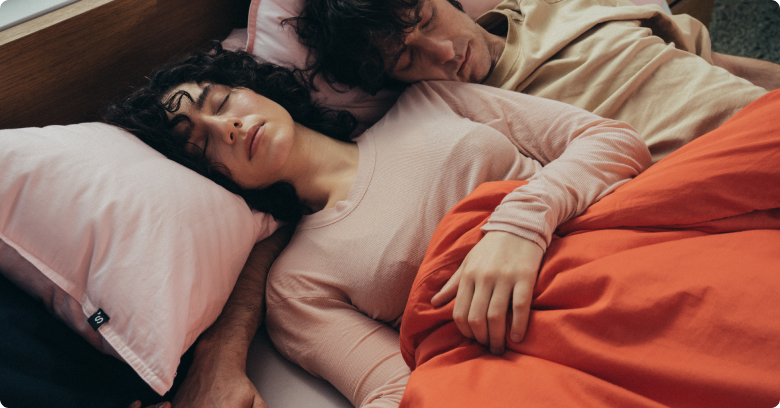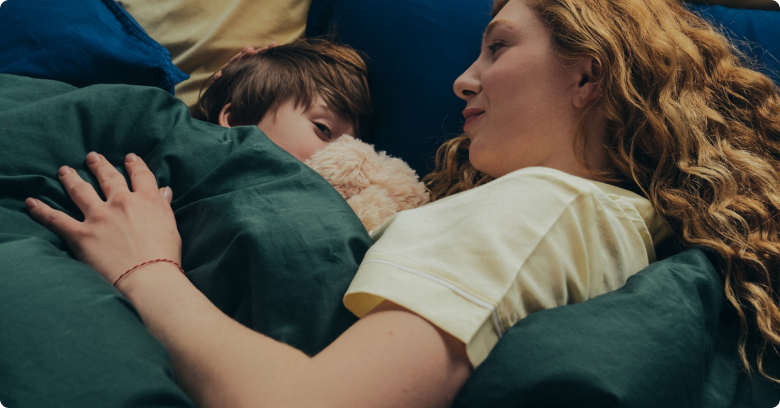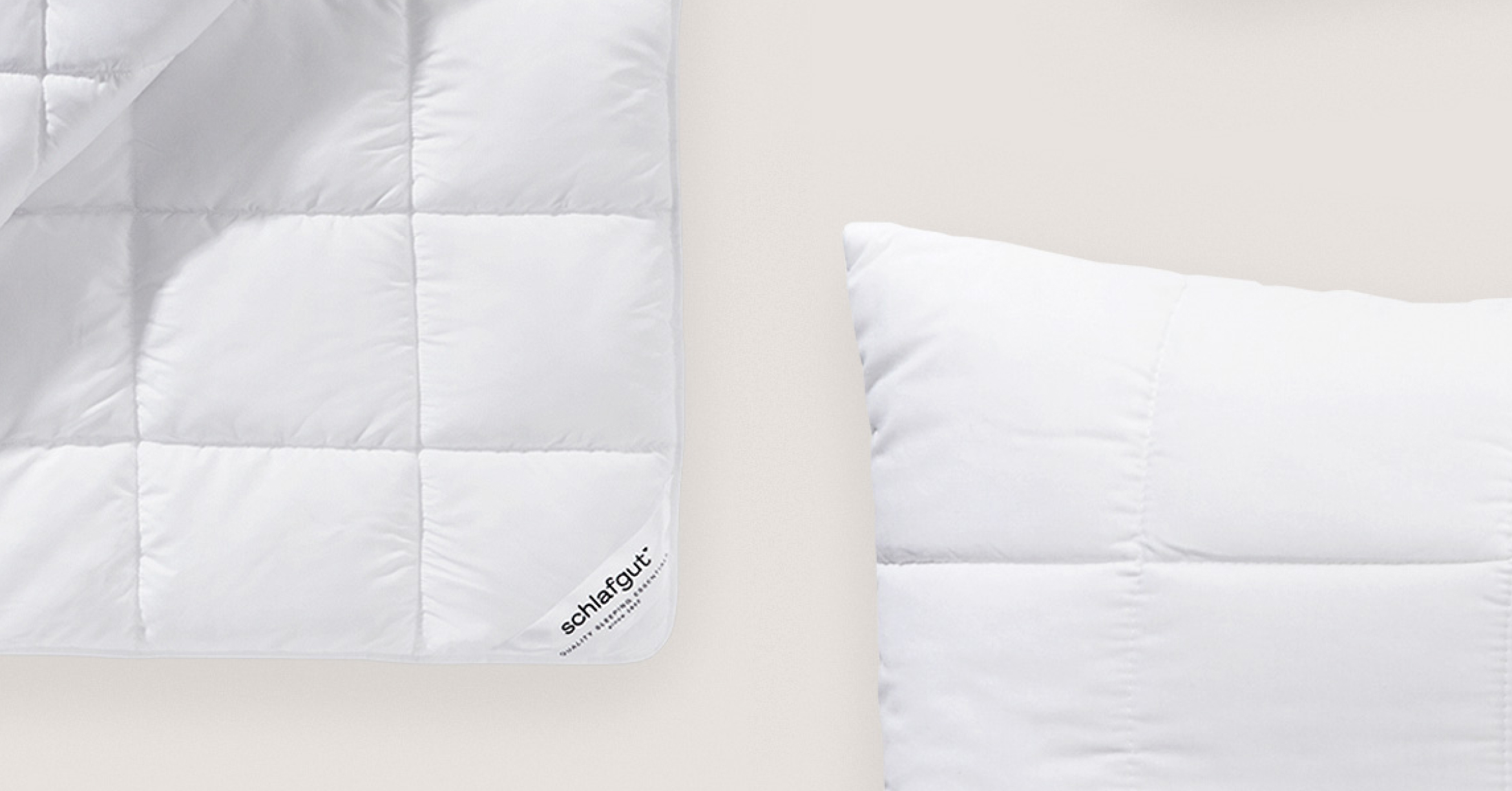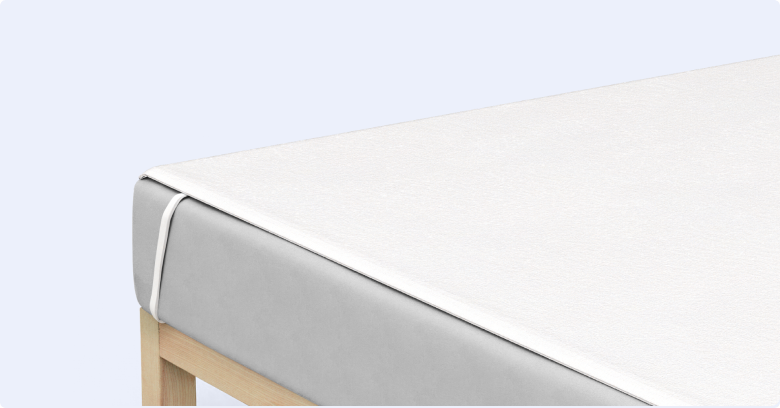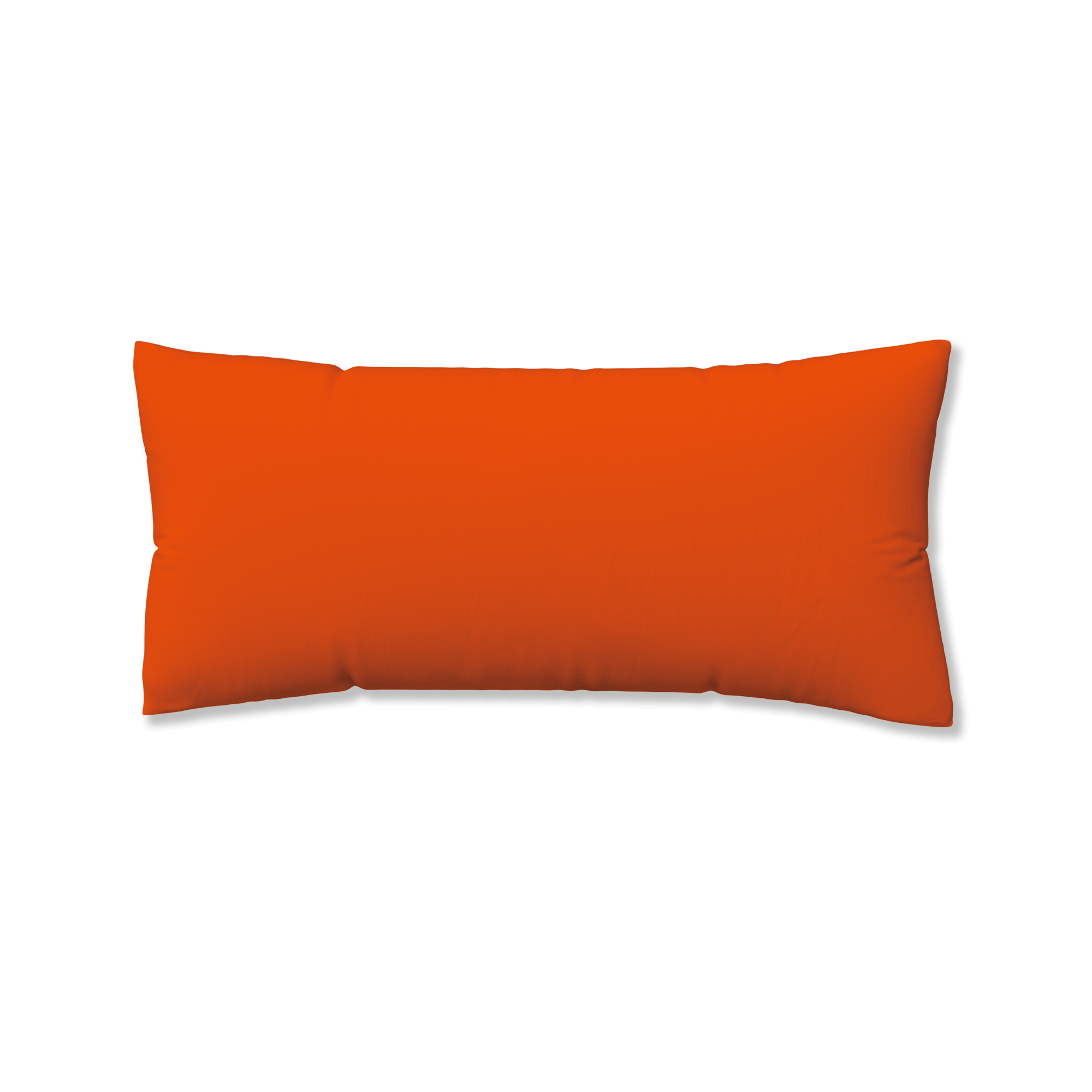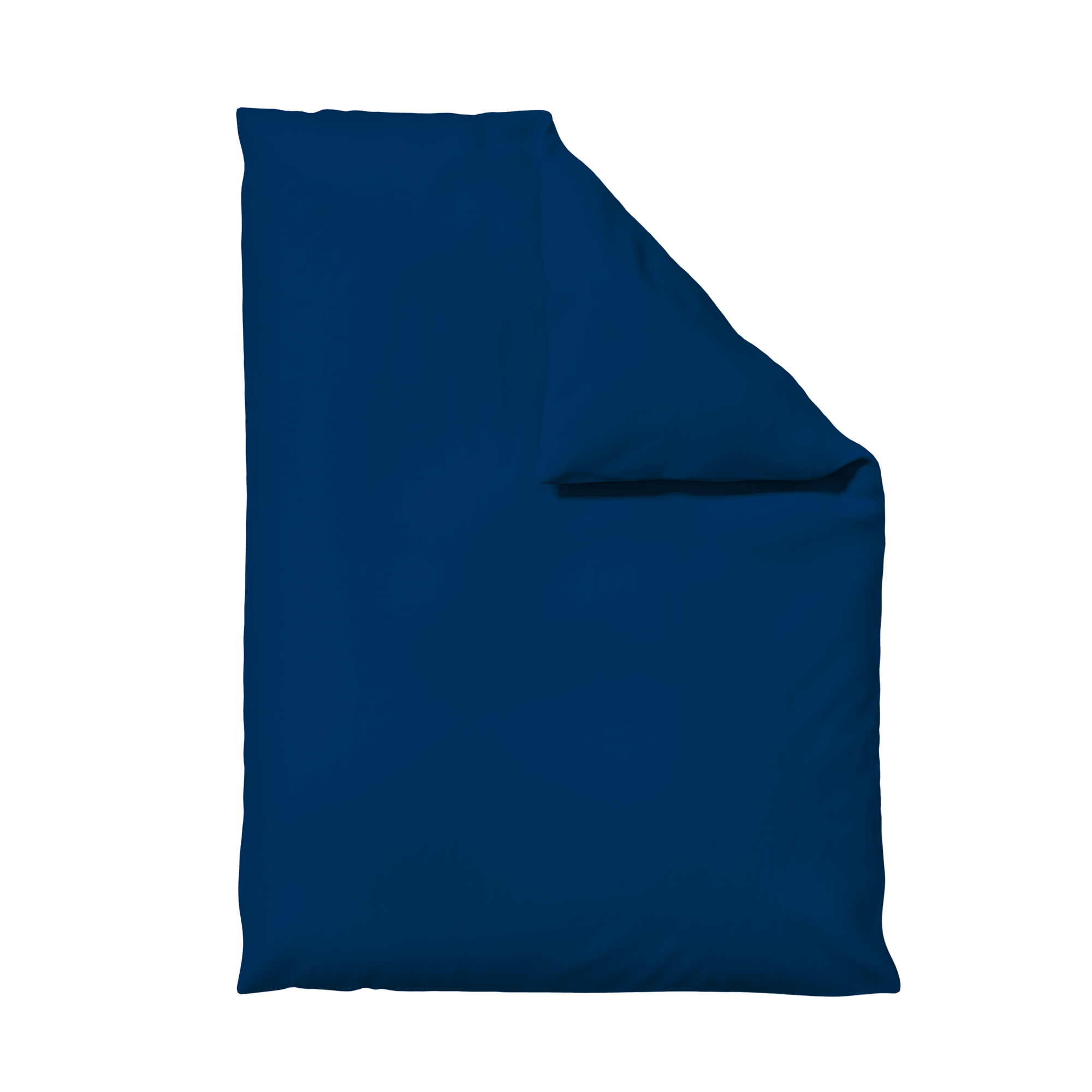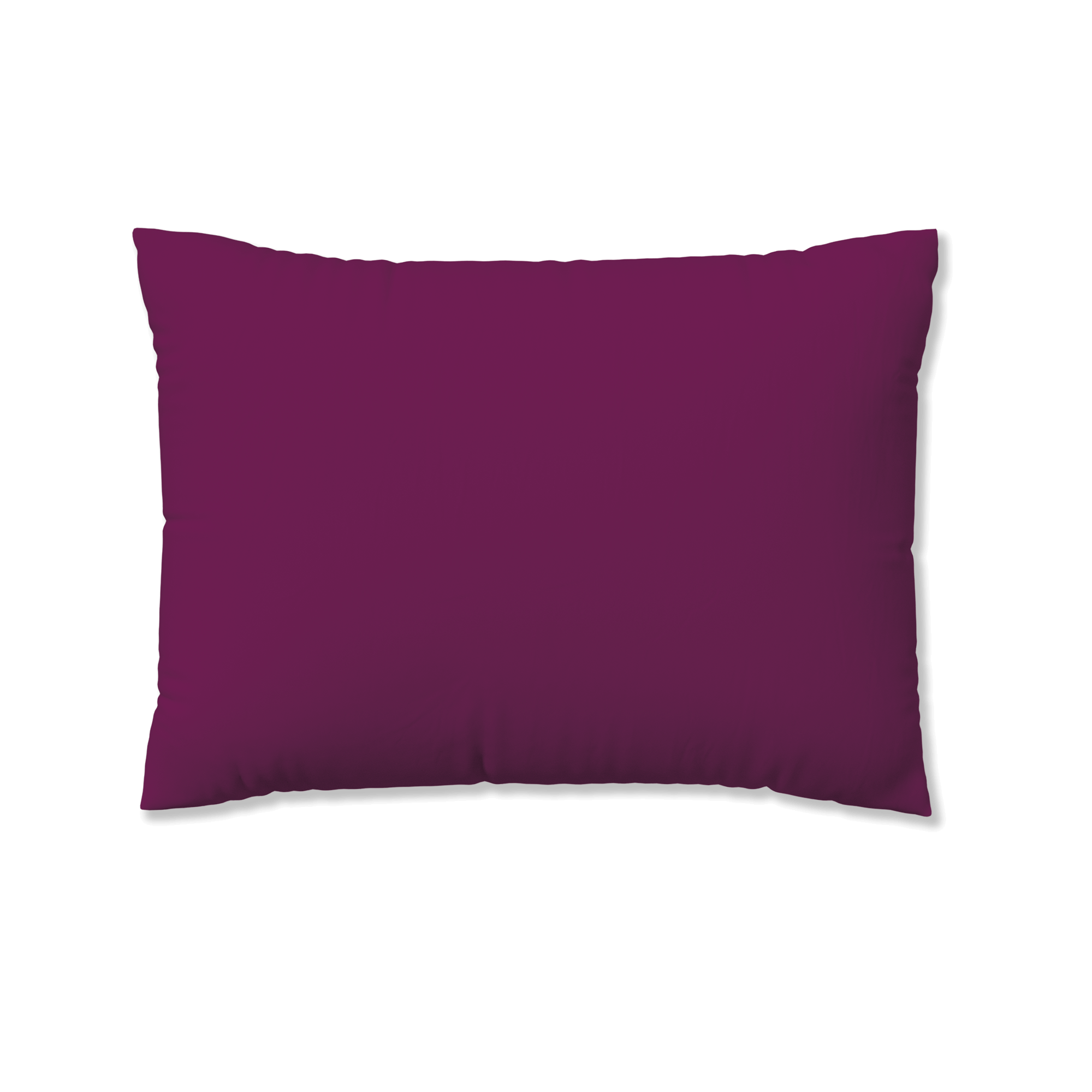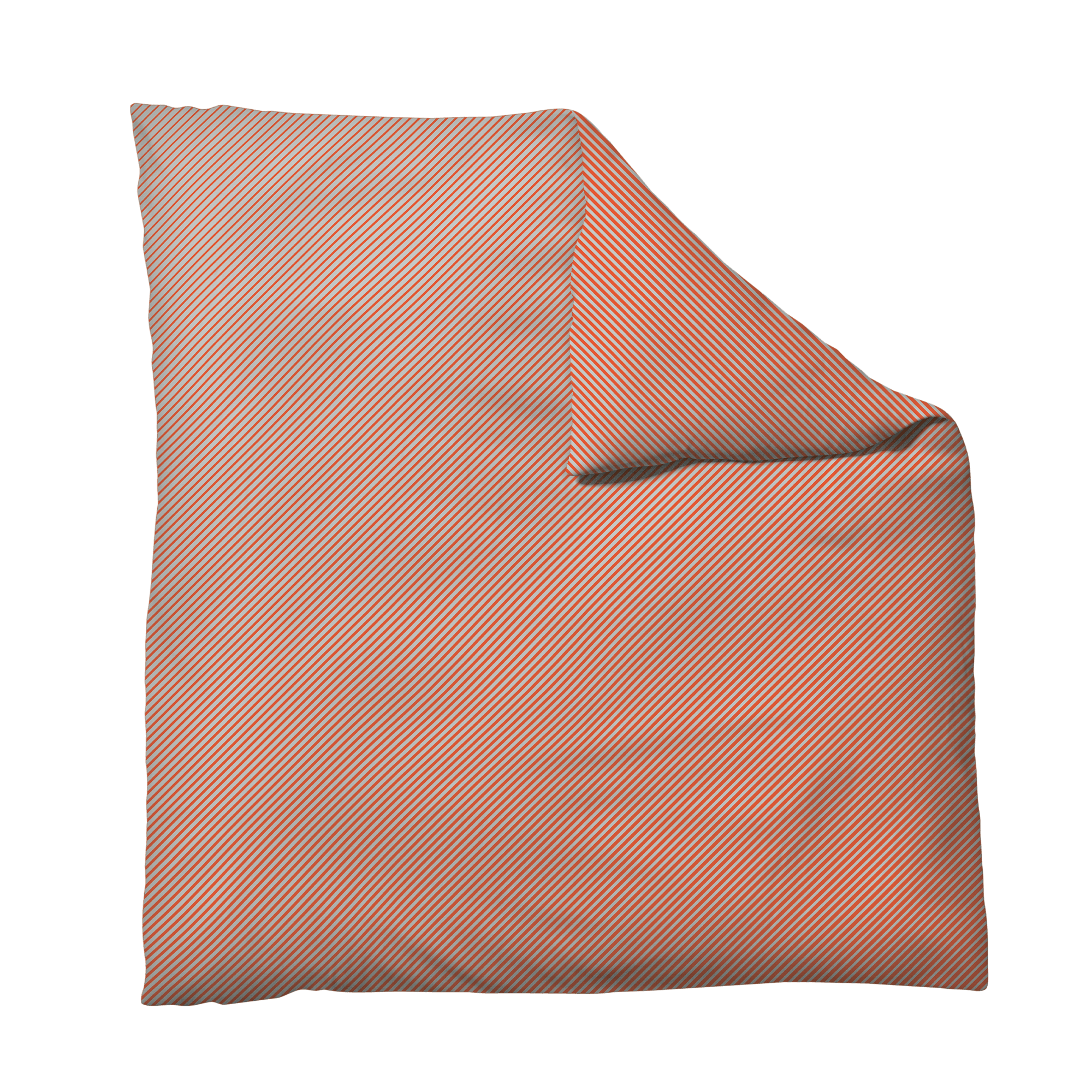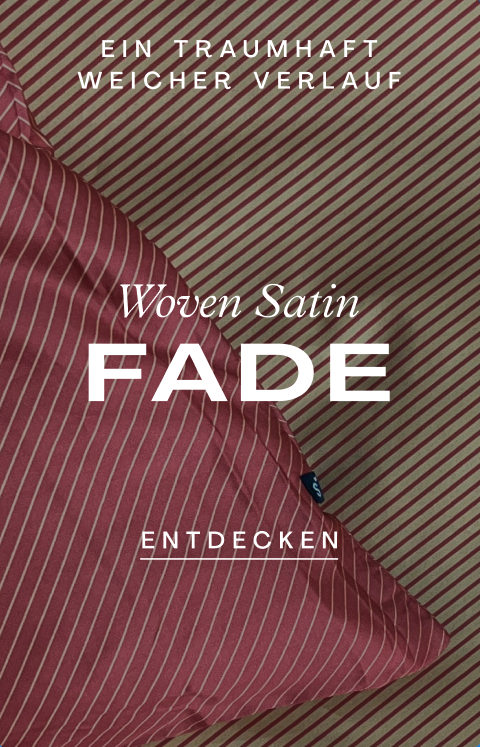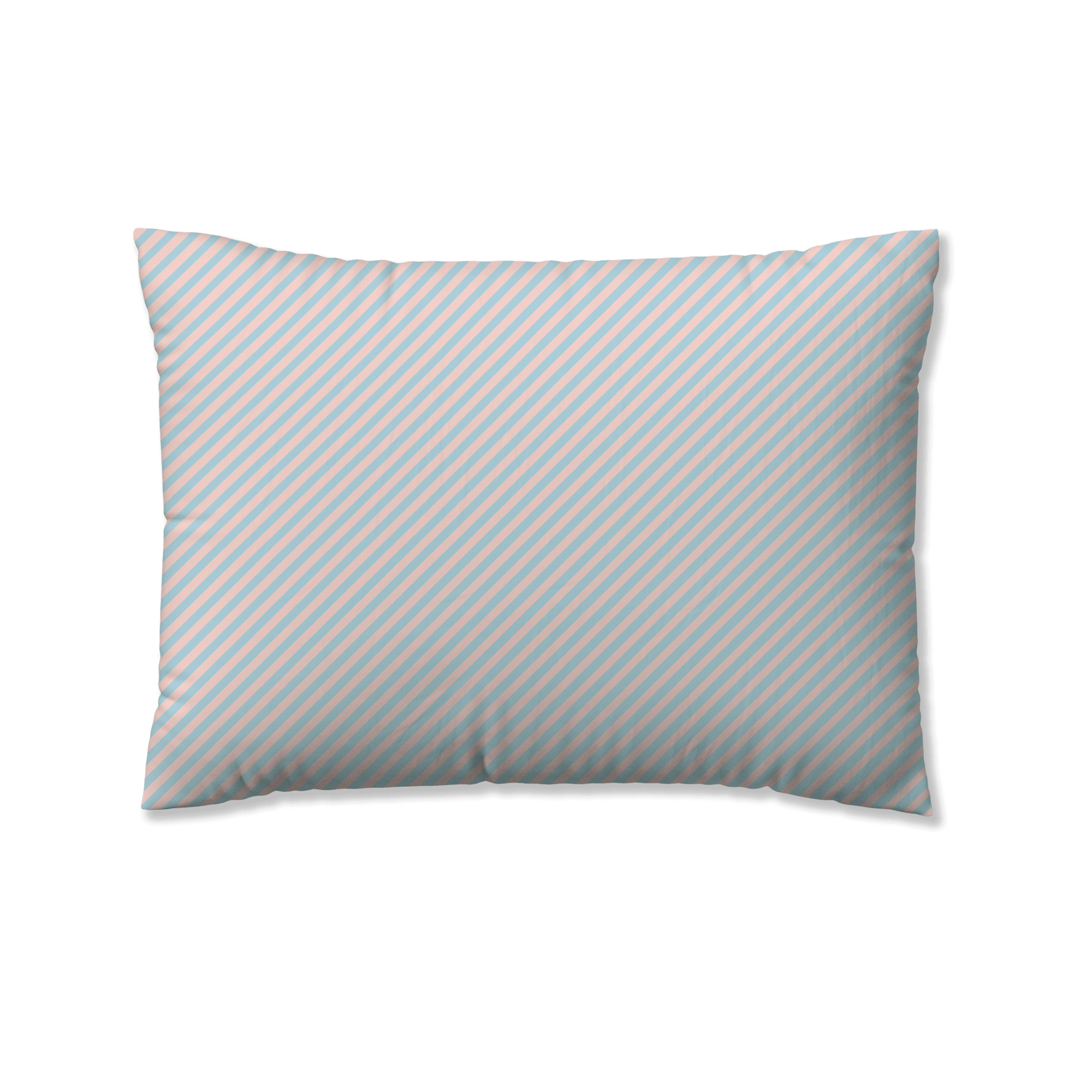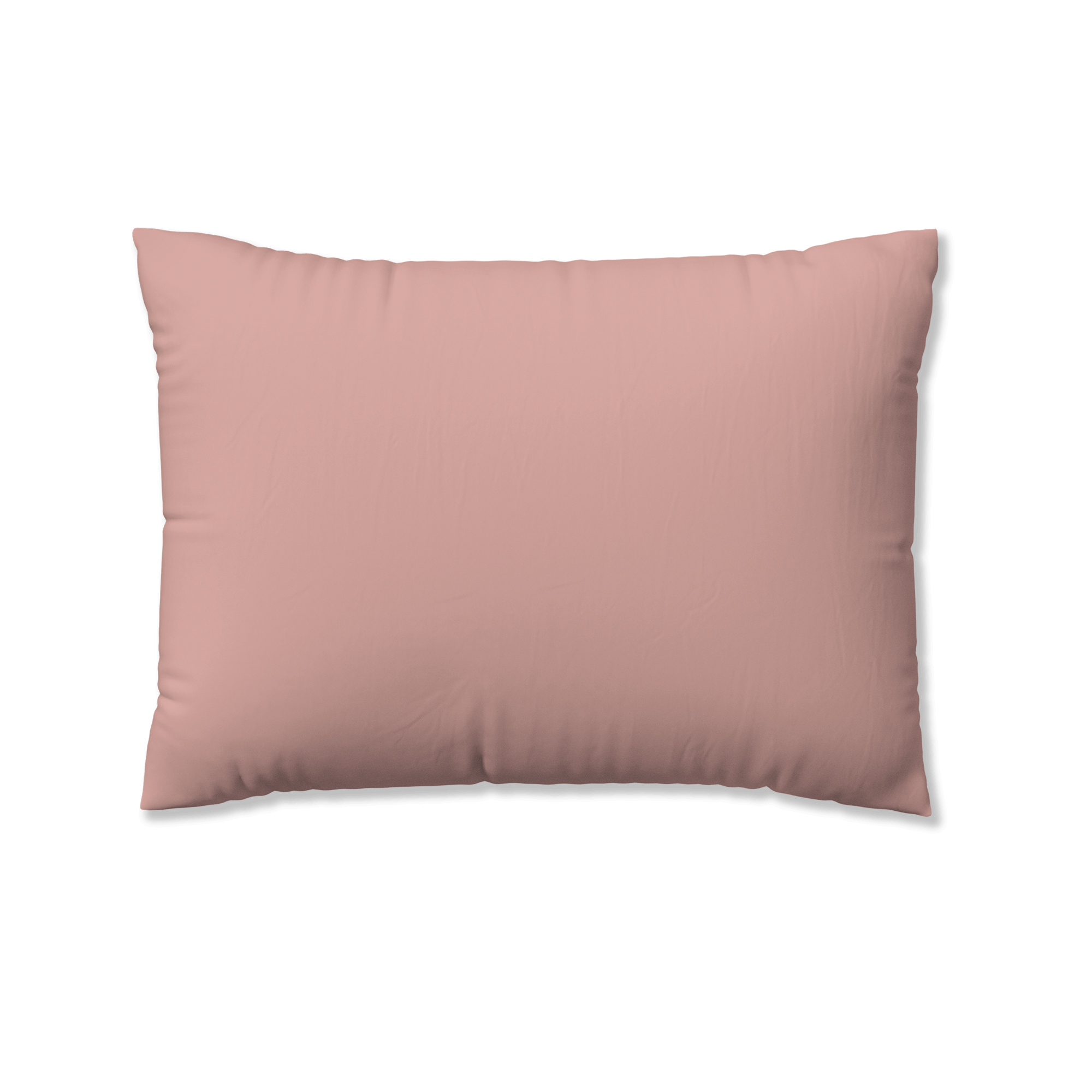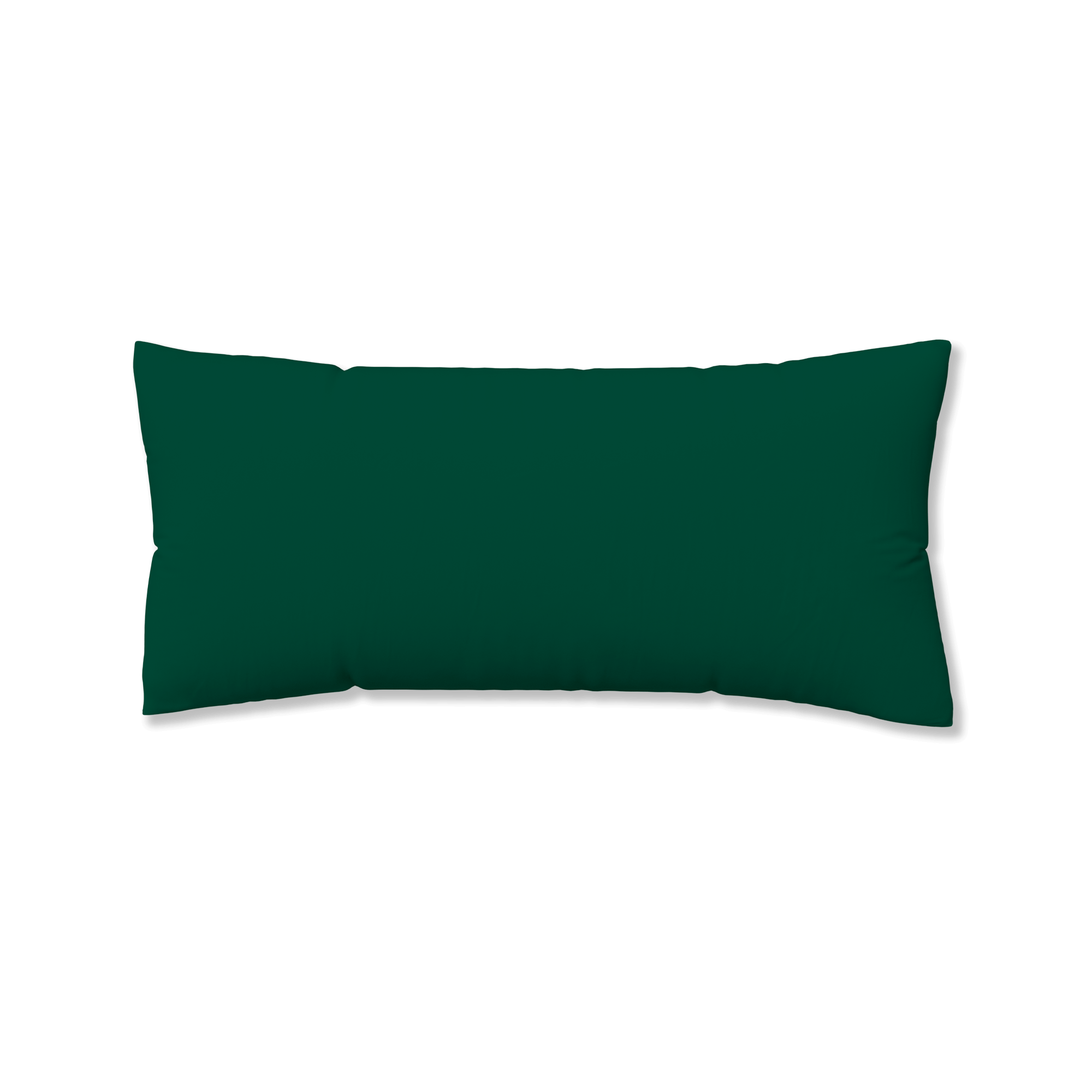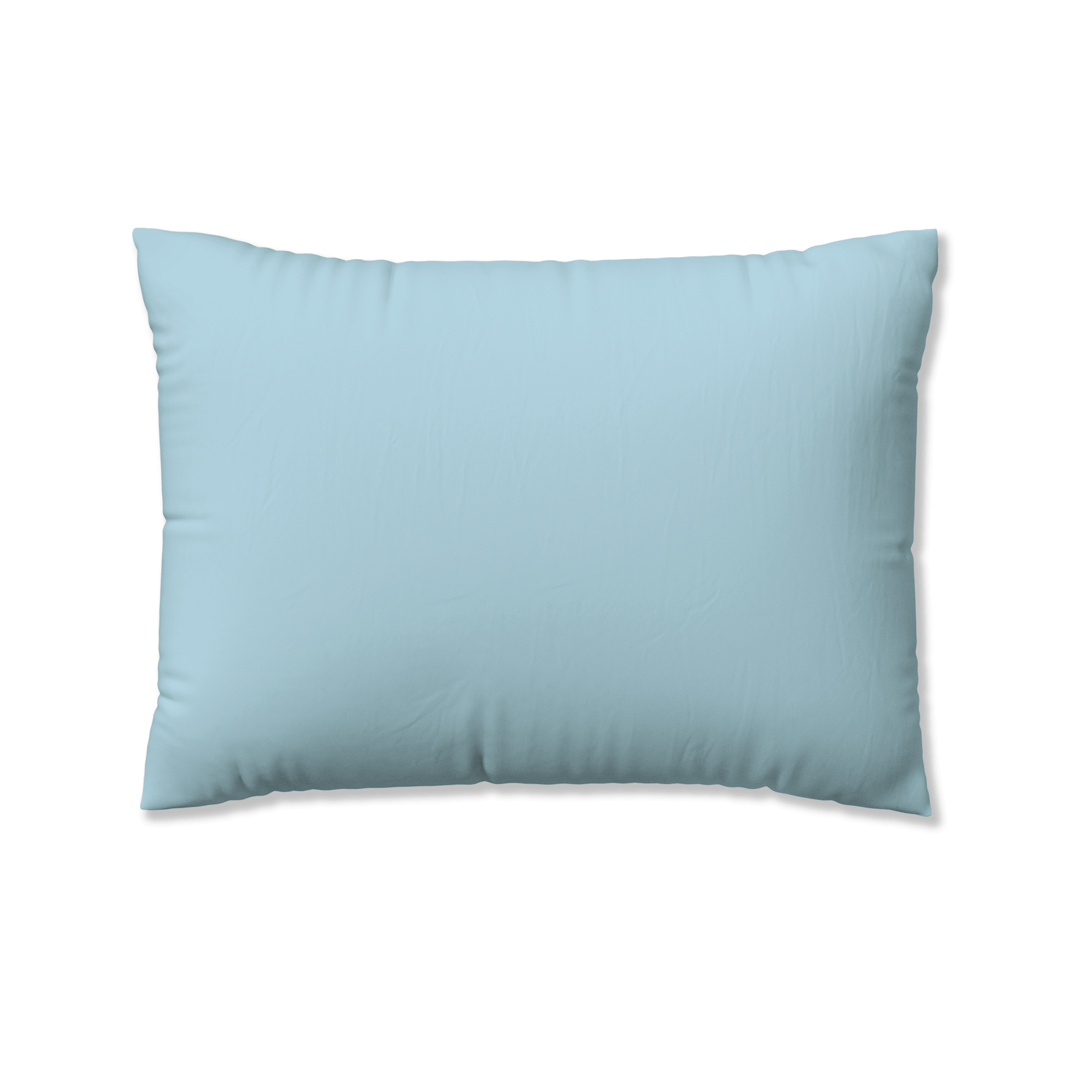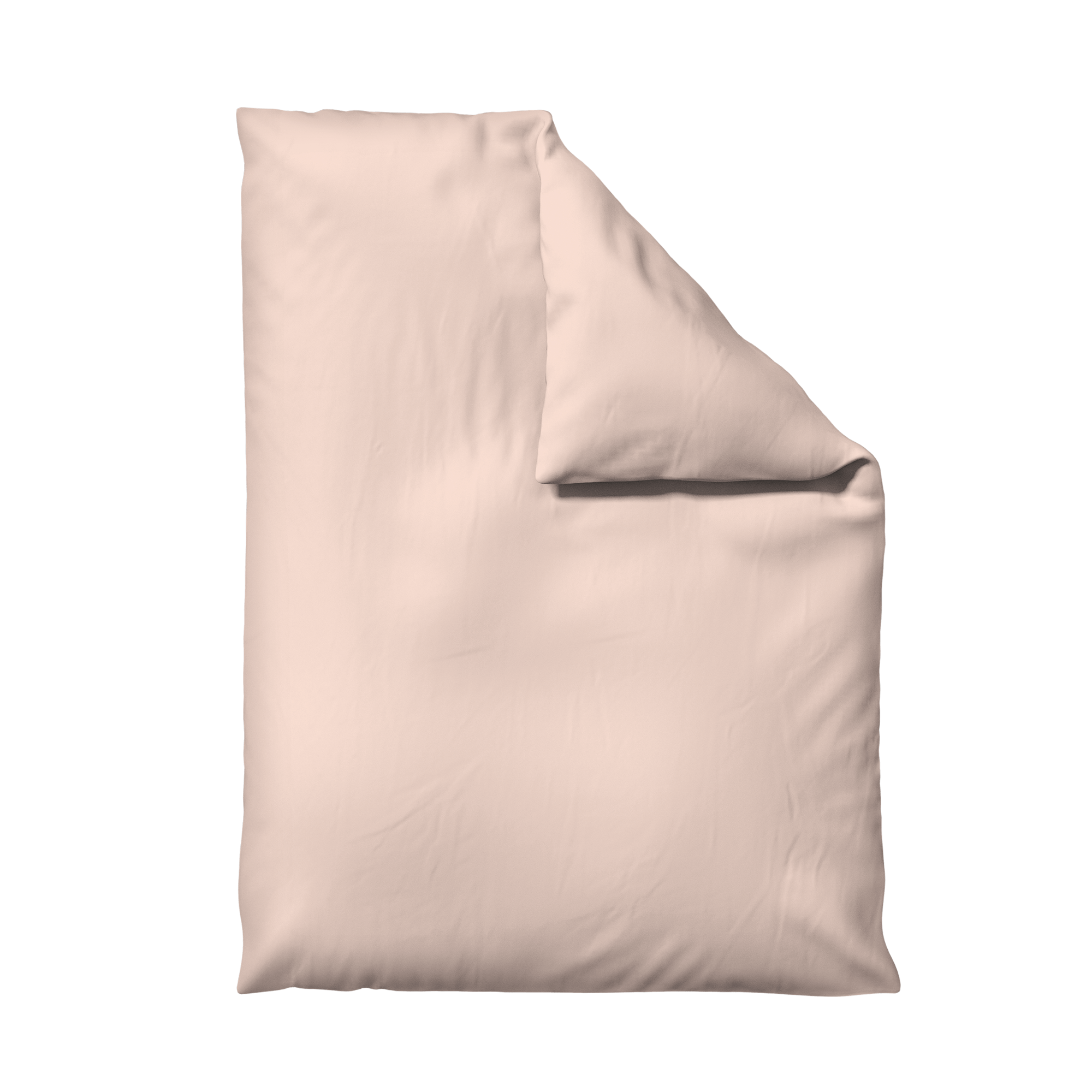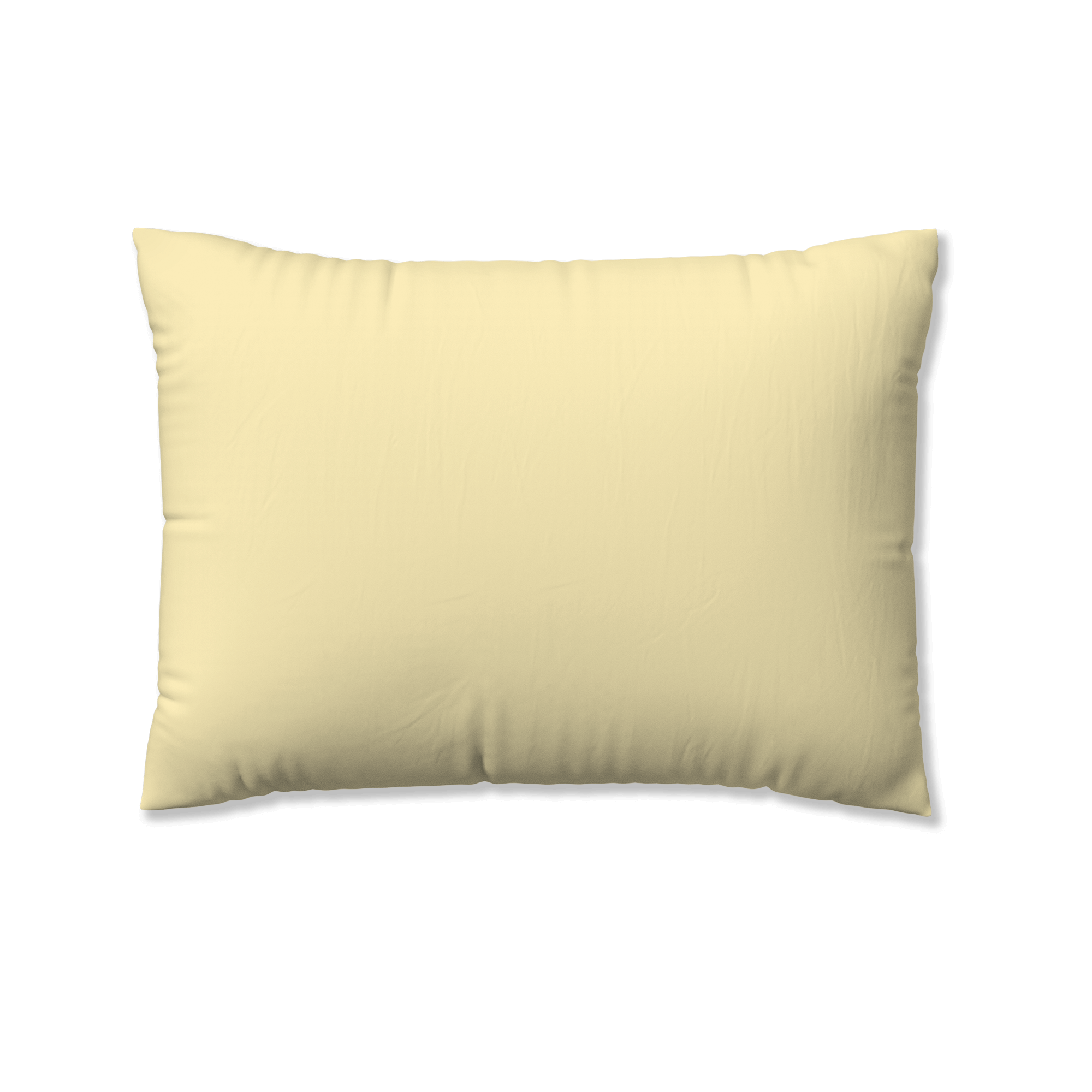Our Bedding
Fresh and pleasant on the skin, schlafgut Bedding is wrinkle-free,
easy-care, and naturally beautiful. All pieces are available individually.

Just perfect.
schlafgut Bedding combines high-quality cotton in perfectly processed jersey or satin quality with seamlessly connecting zippers. Naturally, you can purchase all pillows and duvets separately. The schlafgut Coloursystem offers an infinite array of color combinations for perfect mix and match.
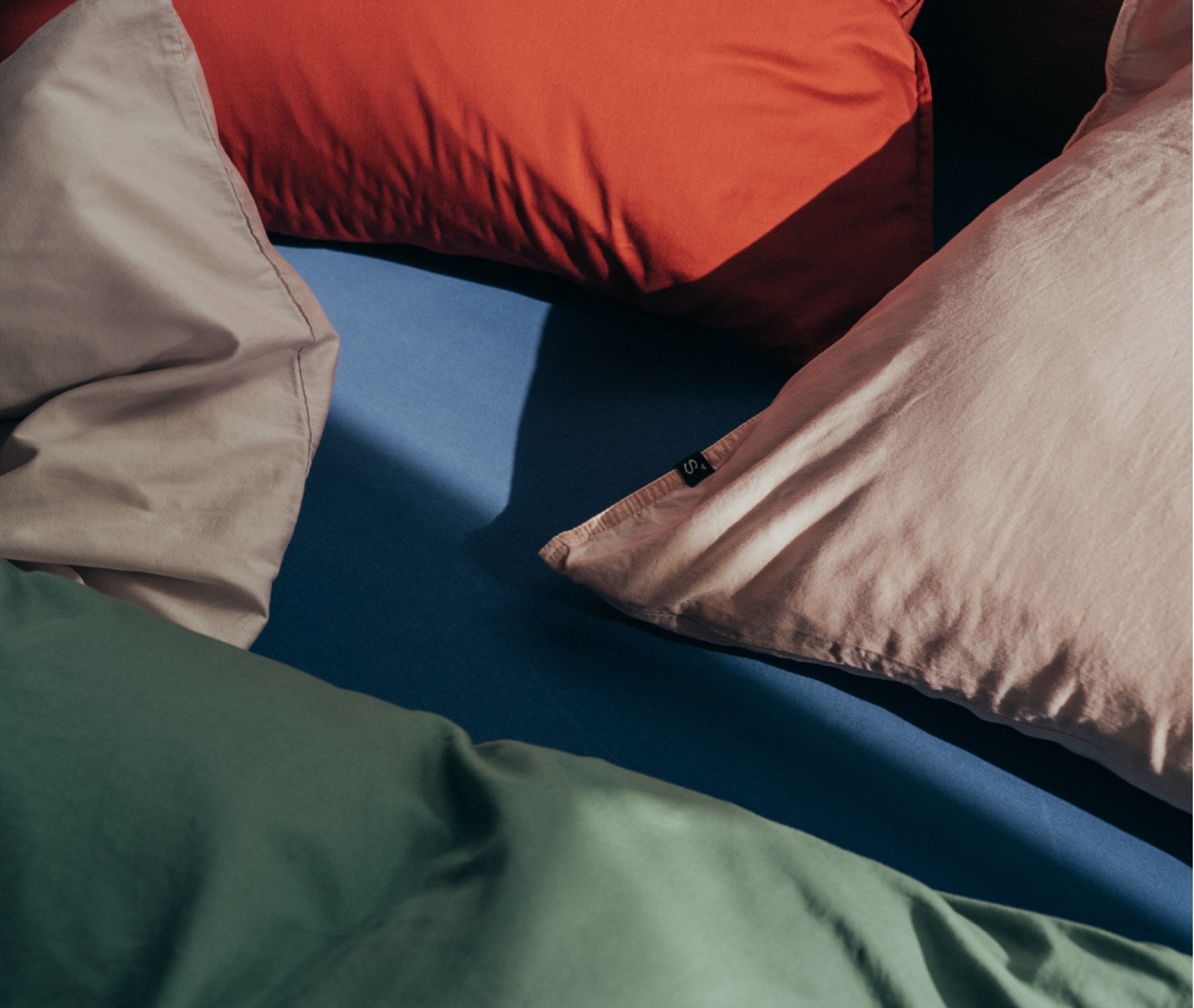

 100% recycling packaging
100% recycling packaging

 fair production
fair production

 100% recycling packaging
100% recycling packaging

 fair production
fair production

 100% recycling packaging
100% recycling packaging

 fair production
fair production

 100% recycling packaging
100% recycling packaging

 fair production
fair production

 100% recycling packaging
100% recycling packaging

 fair production
fair production

 100% recycling packaging
100% recycling packaging

 fair production
fair production

 100% recycling packaging
100% recycling packaging

 fair production
fair production

 100% recycling packaging
100% recycling packaging

 fair production
fair production
The first choice concerns size. Bed linens are available for both single and double beds. Extra-large beds, particularly wide or long ones, require oversizes. However, oversizes are also available in a wide range. The standard size for a bed cover is 135x200 cm, while the pillowcase measures 80x80 cm. Small pillows are becoming increasingly popular: they require a cover size of 40x80 cm. The following additional sizes are available and common in specialty stores:
- Oversize 1: 155x220 cm
- Oversize 2: 200x220 cm
- Oversize 3: 240x220 cm
- French size: 200x200 cm
However, the most popular size remains 135x200 cm, as it fits all standard beds. Before purchasing bed linens, it is important to accurately measure the bed, as the measurement in centimeters determines the size of the bed linens.
When it comes to choosing colors, the imagination knows almost no bounds. In our Schlafgut online shop, you will find a wide selection. Subdued colors such as pastel shades, gray, or beige perfectly complement any home decor. Those who prefer something more striking can opt for bed linens made of cotton or satin in bold colors like pink, red, or green. Mix & match bed linens in various sizes are popular, allowing you to combine them freely. The same applies to our reversible bed linens: they are characterized by having different colors on the top and bottom sides. The choice of bed linen set primarily depends on the bedroom decor. Ideally, the bedding should harmonize with the colors of the walls or bedside lamp.
Satin is an extraordinary fabric that catches the eye with its fine sheen. It provides a delicately cool and silky-smooth sensation on the skin. Bed linens made from this high-quality fabric ensure a dreamy sleeping experience, especially during the summer months. It is suitable for any occasion where one wishes to indulge oneself or use the bed linens as an optical highlight in the bedroom. Satin was originally a precious commodity. Its name reflects its origin. During the Middle Ages, the Chinese shipped a precious silk fabric in intricate atlas weaving to their wealthy Arab trading partners in the port city of Quanzhou. The Arabs referred to the noble silk as "Atlas Zaytuni." Zaytuni was the Arabic pronunciation for the Chinese port city of Quanzhou. This led to the formation of the word "satin" in German. However, satin does not refer to a material but rather a weaving technique. Satin refers to textile fabrics produced in satin weave. This weaving technique creates the shimmering glossy surface and the fine, soft, and smooth texture. Silk satin naturally has the most glorious sheen. Nevertheless, satin can consist of many materials. Even synthetic fibers can be transformed into satin fabrics. For bed linens, cotton is most commonly used. Schlafgut also produces satin bed linens exclusively from cotton. In addition to conventional cotton, we also use exceptionally high-quality Mako cotton. Thus, we offer satin bed linens for everyday use and the Collection Lipari, which represents luxury for outstanding moments and a consciously elevated living style.
In the luxurious suites of the most elegant 5-star hotels, beds are dressed with Egyptian Mako satin bed linens. Mako satin is among the finest materials in which one can sleep. The term "Mako" is reserved for cotton textiles made from the noblest, longest, and finest fibers. Depending on the plant species and processing, shorter and longer cotton fibers are produced, known as staple length. The highest-quality fibers are at least 32 mm long. The name "Mako" originates from the cotton plants in the garden of an Egyptian named Mako el-Orfali. This variety was selected for nationwide cotton cultivation in Egypt starting in the 1820s. The elegance and durability of Egyptian cotton gained the highest renown. The fine fiber can be spun so thinly that a 100-meter thread weighs only one gram. This exceptional delicacy with high tear resistance makes the highest quality grade of Egyptian cotton so unique. However, only 0.4% of the total Egyptian cotton production achieves this highly respected and illustrious quality. There are a total of nine quality grades for Mako cotton. They all belong to the luxury class of cotton, and bed linens made from Mako satin ensure a dreamy, unique sleeping experience. Supple, soft, and lightly touching the skin during sleep.
Dead skin flakes, mites, and bacteria: a variety of pests accumulate in bedding that can harm health. Experts therefore recommend changing the bed set at least every three weeks. In summer, when sweating heavily, bedding can be changed every week. Allergy sufferers should also ensure that their bedding is changed at least every two weeks. Therefore, it is advisable to have at least three different bedding sets as part of the basic equipment.
Bedding should ideally be washed at 40 or 60 degrees Celsius. Washing at 90 degrees Celsius is only necessary in exceptional cases. Choose the wash program according to the fabric of the linens: cotton tolerates a standard program, while silk appreciates a special program for delicate fabrics. For colorful bed linens, it is best to use a special color detergent to keep the colors vibrant for a long time. It is important to wash bed linens separately or with clothing of similar color. In winter, drying in a tumble dryer is recommended; the care label indicates if this is possible. However, in summer, bedding is best dried in fresh air to give it a pleasantly fresh scent.





























